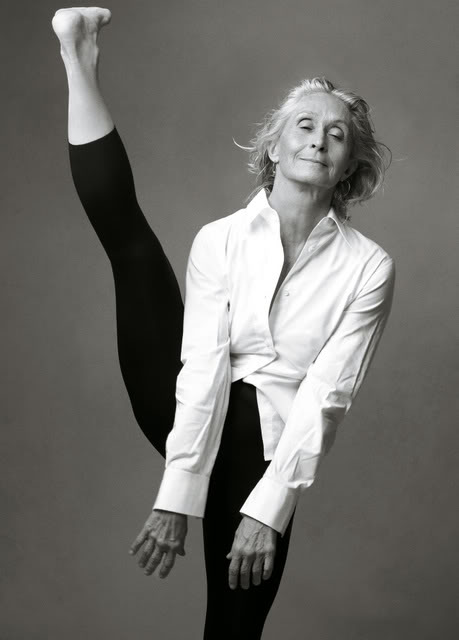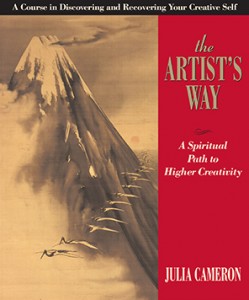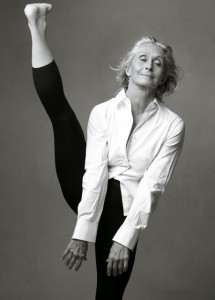Since I’m feeling bouncy and full of energy today, despite a spring cold, I decided I’d post another exercise you can use to create your own practice. It’s the sudden sunshine after two weeks of constant rain, I think. The upsurge in vitamin D is obviously making me think anything is possible, including some energetic writing practice.
This one is another observation exercise, to jog us out of our ordinary ways of seeing. I realised how much we automatically filter out when I started taking walks with my son – he sees everything. His brain hasn’t yet started to ignore things he has seen before, things that are commonplace, and therefore he is overloaded with information and excitement just walking down the road. Sometimes it’s not so interesting (how many motorbikes I can find interesting in no way correlates to the number my son finds interesting), but sometimes he points out a flower I wouldn’t have noticed, or a heron stock still on the island in the park, or the dragon nests in the clouds. Invigorating.
Ado? No more:
Exercise: The Unfamiliar Window
- Describe the view in detail.
You can do this with a truly unfamiliar window, or one that is familiar, that you think you know inside out. The trick is to look with fresh eyes, and note every significant detail you can: the toys in a back garden, a window left open, people at the bus stop, the leaves (or otherwise) on the trees. Paint a true picture of what you see. Try and keep judgements out of the prose. 300 words.
As for the windows themselves, you can sit in front of them, take a photo, do a quick sketch, or take some quick notes (this will end up being more of a remembered/imagined version but still useful).
Extension exercise: focus on one detail and expand its story. Now is the time to bring judgements into the prose. 300 words.


